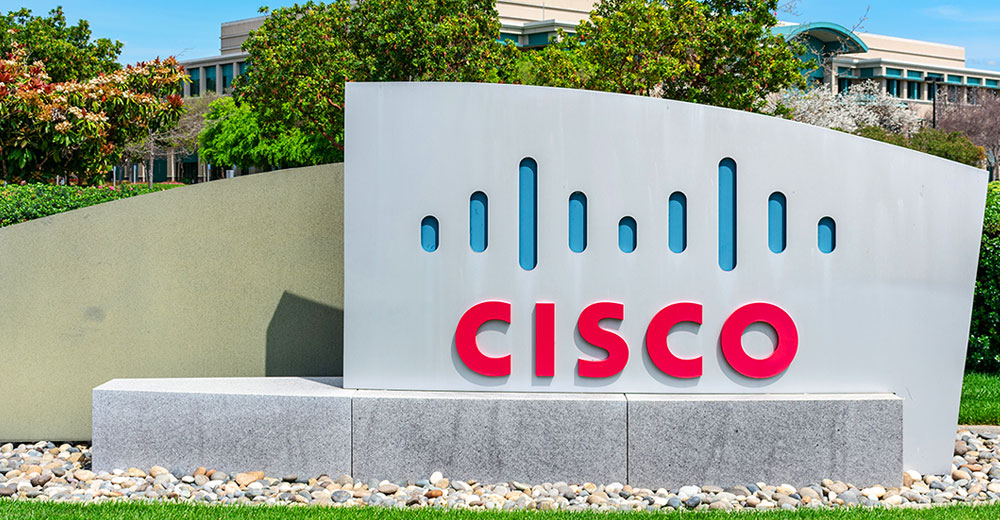MakuluLinux is an ever-changing family of Linux desktops built on its own base around several heavily modified desktop environments. Core, the latest release, is an evolutionary redesign well worth trying.
Most distribution maintainers focus on annual or semi-annual operating system upgrades that update core system files and sometimes add different software packages and features.
MakuluLinux creator Jacque Montague Raymer continuously works to reinvent the Linux wheel. Over the last few years, he created unique user interfaces to make something new out of already established desktops.
His passion is creating new desktop features and integrating them into his other desktop releases. That process included moving the codebase from Debian to Ubuntu and ultimately creating his own Linux codebase.
Each new major release of MakuluLinux brings surprises and innovations that provide new computing experiences. I’ve enjoyed each new round of product testing. Raymer sends me builds of his various works in progress and shares with me his developmental strategies. The result is a bird’s-eye view of the inner workings of each release.
Raymer’s newest reinvented Core distribution became available the last week in May. It comes with an integration of the Gnome desktop that is like none you will find in any other Linux offering.
I am not a fan of Gnome. But MakuluLinux Core is a desktop Linux platform that impresses me. It is mostly Gnome under the hood but not what is on the screen.
In this video, MakuluLinux creator Jacque Montague Raymer provides features and setting advice for the Core 2021 release.
MakuluLinux Overview
Raymer started his multiple distro projects about a decade ago in Africa but is now based in Vietnam. The distros started out as a partial rolling-release desktop distribution based on Debian’s “Testing” branch. It later switched to an Ubuntu base.
MakuluLinux comes in four editions. LinDoz features the Cinnamon desktop with the user interface customized to resemble that of Microsoft Windows. The latest 2021 edition released March 29.
Unlike earlier editions, LinDoz 2021 is neither a Microsoft Windows clone nor another wannabe Cinnamon retread. Raymer started to change that Windows-clone perspective with last year’s major remake.
Flash provides a standard Xfce desktop with numerous tweaks and special features. The 2021 version is under development now. The 2021 edition of Shift is planned for release later this year. The earlier version of Shift had an innovative built-in tool that allowed users to change the look and feel of the desktop interface into numerous other options with a single mouse click.
Core, until this current release, was built on a highly customized Xfce desktop environment. But that has all changed.
Upstream Forced the Redesign
Raymer became very disappointed with the Xfce community’s lack of progress. He noted in his release notes that it was going through a very bad transitional phase. He described the latest Xfce release as “really awful.” He felt it was so bad that he delayed the Core release to consider a different direction for his latest Core distro upgrade.
His solution was to fork the Gnome desktop to run on his new optimized codebase. That is a strategy he may well pursue with future releases of his other distros.
This new build of Core runs on the Gnome backend, not that of Xfce. Standard Gnome does not support special effects and is much more resource-hungry and slower than Xfce.
But Raymer fixed that issue. His Gnome build uses nearly the same amount of RAM consumed in MakuluLinux’s old Xfce base, around 600-700 MB on startup.
Core also sports some special effects like wobbly windows, magic lamp minimize or restore, and window transparency. You turn these effects on/off anytime via the theme manager that also lets you personalize colors, cursors, and more.

MakuluLinux Core is deceiving by design. It does not look nor perform like the traditional Gnome desktop. But underneath, this latest Core release is powered by the Gnome Framework integrated into the MakuluLinux optimized base.
Visible Changes
Core’s Gnome desktop is a drastic change. The forked Gnome integration does a great job of getting rid of many of the things for which I disliked standard Gnome.
The traditional Gnome sidebar is now a top panel. It houses system icons and Gnome user extensions. You can add extensions to Core straight from the Gnome extension website. Raymer preinstalled a variety of extensions like working with workspaces, plugin in external flash drives, Weather, and NumLock/CapsLock options.
Core now has a tri-menu system. The bottom dock has two launcher icons conveniently placed at each end. The left menu icon launches the innovative pie menu that Raymer introduced in the initial Core release. The right menu icon launches the full-screen menu that is standard in Gnome.
The third part of the menu system is housed in the top panel. Of course, you also have a limited context menu option by right-clicking on the desktop itself.
With one click you can change the preferred layout of your desktop. Just access the Layout Manager from the right-click menu and move the panel/dock and menus top, bottom, left, or right. The system will automatically adjust and scale everything accordingly.
Gone from the upper left corner of the screen is the traditional Gnome Activities launcher that loaded the full-screen menu and the virtual desktop overview. Also gone is the sliding mini-Expo desktop view that slid out from the right screen edge.
Instead, you can launch a single-column cascading applications menu from a button at the far left end of the new top panel. Or do the same thing with the Windows keyboard button.

Eye-catching backgrounds, a top panel, and a pie menu option along with a drop-down menu and standard full-screen menu display are some of the major embellishments built into the forked MakuluLinux Core Gnome desktop.
Other Observations
The bottom dock has some new animations. But it retains much of the look and feel available with the old Core dock.
The virtual desktop integration was less pleasing for me, at least for the default settings. I am a heavy user of virtual workspaces. The traditional Gnome overview panel was bothersome.
I do not like the apparent lack of easy configuring additional virtual workspaces. Regular Gnome has a built-in dynamic process for adding new desktops. You can configure how many workspaces you want by default. I could not find any entry anywhere for this. The dynamic process did not seem to work.
Gnome has literally hundreds of extensions you can download and install from the Gnome Extensions website using the web browser. All sorts of workspace add-ons (extensions) are available. No doubt, there is an extension for what I wanted. Only I could not find it.
This brings me to another point in configuring the now Gnome-based Core distro. The settings menu is not the only location for adjusting how Core works. Several other links are sort of hidden within the tri-menu system and other utilities.
What’s Inside
This Gnome back end brings out-of-the-box features like screen/file share, access to online accounts like Facebook, Google, and Microsoft directly. It also allows touch-friendly features for touchscreen devices like tablets with full-screen gesture support right out of the box.
Core comes with minimal software preinstalled. The software choices to use are left for you to decide, download, and set up yourself. The software center includes Snaps and Flathub.
What is included, mostly in the back end, is a fairly nice selection of drivers to support many devices. What you mostly get on the front end is a collection of system tools and utilities. Other than those items, you will find several text editors, Google Chrome browser, an image viewer, and My Paint.
Part of Raymer’s reason for such a minimalist software bundle is the already large size of the ISO (2.2 GB) you download to install MakuluLinux Core.
Bottom Line
Overall, the new Core distro with the heavily modified Gnome base is a solid computing platform. On first use, you are greeted with a brief animated presentation of how the desktop works and the basic features to get you started.
If you are serious about considering MakuluLinux Core, make sure you watch the 44-minute video shown above. Raymer narrates the presentation and literally walks you through all the features and setting how-to tips. Also required reading is the Wiki user guide referenced in the menus.
The only difficulty new users will have is deciding which MakuluLinux edition best suits their computing needs.
Want to Suggest a Review?
Is there a Linux software application or distro you’d like to suggest for review? Something you love or would like to get to know?
Please email your ideas to me and I’ll consider them for a future Linux Picks and Pans column.
And use the Reader Comments feature below to provide your input!


























































“I am not a fan of Gnome” Me either, and I mean the new Gnome, I was a huge fan of Gnome 2. Gnome keeps getting forked, because it is not a great desktop anymore, but it is very established so many other desktops are built on top of it. Mate and Cinnamon the two most used Gnome forks.